In the world of big bore air rifles, few names carry as much weight as the Dragon Claw. When Seneca announced the release of the Dragon Claw II, enthusiasts hoped for meaningful performance improvements rather than mere aesthetic updates. After extensive testing and evaluation, we can confidently say that Seneca has not only met but exceeded these expectations, delivering a powerhouse that maintains the cherished characteristics of its predecessor while significantly advancing its capabilities.

Table of Contents
Overview and First Impressions
The Dragon Claw II maintains the classic aesthetic that made its predecessor popular, presenting itself as a harmonious blend of traditional craftsmanship and modern engineering. At first glance, you might struggle to distinguish it from the original model – a testament to Seneca’s respect for the platform’s heritage. The most noticeable external change is the redesigned cocking handle, a modification that proves to be far more than cosmetic.
Design and Construction
The rifle features a handsome Monte Carlo hardwood stock with a raised cheekpiece that favors right-handed shooters without alienating left-handed users. The checkering on both the forearm and grip provides positive control without being aggressive, demonstrating attention to both form and function. The metal action showcases detailed dragon imagery on the left side and the Seneca logo on the right, adding a touch of artistry to the utilitarian design.
The 21.65-inch rifled steel barrel terminates in a threaded muzzle protected by a removable cap, while dual air reservoirs beneath provide a substantial 500cc total air capacity. The integration of these components results in a well-balanced weapon that feels solid without being unwieldy.

Performance Analysis
Power Output: A Significant Leap Forward
The most dramatic improvement in the Dragon Claw II lies in its power output. Where the original model delivered 230-240 foot-pounds of energy (FPE), the new version was advertised to achieve 340 FPE. Our testing revealed even more impressive results:
| Calibers | Pellets | FPS | FPE |
|---|---|---|---|
| .50 | Air Venturi Round Ball 177 gr | 630 | 156.03 |
| .50 | Air Venturi FP 336 gr | 556 | 230.7 |
| .50 | 300 grain Pellet | 738 | 362.9 |
| .50 | Air Venturi 210gr | 640 | 191.04 |
| .50 | Air Venturi 336 gr | 545 | 221.66 |
These numbers represent a paradigm shift in big bore air rifle performance, with the first shot exceeding the advertised maximum by over 45 FPE. This kind of power puts the Dragon Claw II firmly in the territory of serious hunting weapons, capable of ethically harvesting a wide range of game.

Velocity and Ammunition Compatibility
The rifle demonstrates impressive versatility across different ammunition types:
With 177-grain round balls:
- Peak velocities of 850-860 FPS
- Maintains 800+ FPS for 4-5 shots
- Continues above 700 FPS for 8-9 shots
With 336-grain slugs:
- Delivers 3-4 shots above 300 FPE
- Maintains hunting-worthy power throughout the string
With Air Bolts:
- Achieves speeds over 600 FPS
- Ranks among the fastest arrow-launching air rifles available
This flexibility in ammunition choice, combined with consistent performance across different projectile weights, makes the Dragon Claw II an exceptionally versatile hunting platform.

Practical Considerations
Air Management and Filling
The dual 500cc reservoirs operate at a maximum pressure of 3000 PSI, accessed through a female quick-disconnect foster fitting. While hand-pump filling is possible, it’s not practical for regular use given the volume. We strongly recommend either a carbon fiber tank or a personal compressor like the Air Venturi RovAir for both shop and field use.
Through extensive testing, we found that optimal performance often comes from slightly under-filling:
- 2850 PSI fills provided the most consistent two-shot groups
- 3000 PSI fills sometimes resulted in an errant first shot followed by 2-3 consistent shots
Shooting Characteristics
The Dragon Claw II demands a different approach than typical air rifles. Success requires:
- A firm hold more akin to black powder rifles than traditional airguns
- Proper follow-through technique
- Understanding of pressure curves and their effect on point of impact
- Regular monitoring of reservoir pressure
The learning curve is steeper than with smaller caliber PCPs, but the reward is exceptional power and accuracy once mastered.
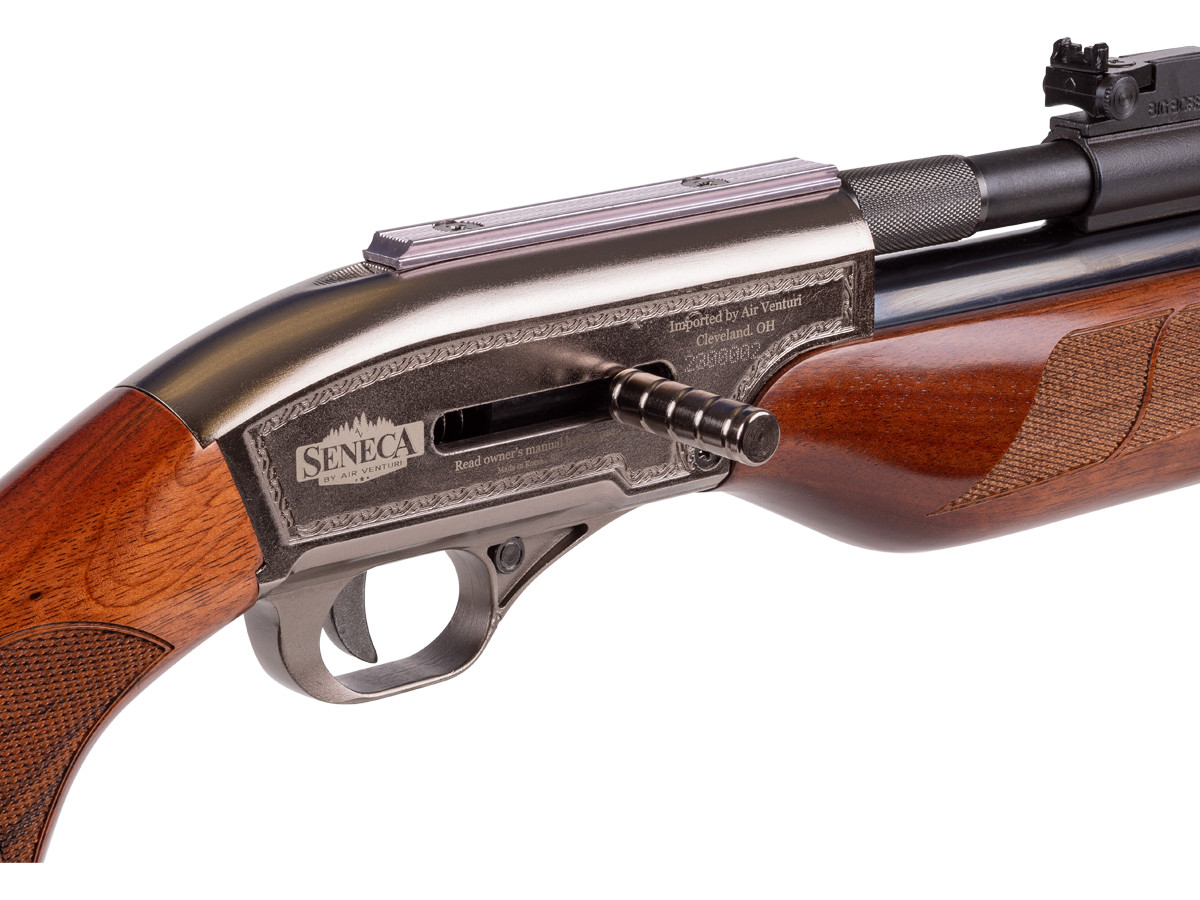
Mechanical Elements
Trigger and Safety System
The non-adjustable single-stage trigger breaks at approximately 5 pounds 9 ounces – notably better than the advertised 7 pounds. While not match-grade, it’s entirely appropriate for a hunting-focused weapon. The manual safety, integrated into the trigger group, functions only when the action is cocked – a detail that users should keep in mind during operation.
Cocking System
The redesigned cocking mechanism represents one of the most successful upgrades. The longer cocking handle with its ball detent system provides:
- Better leverage for managing the increased power
- More positive engagement
- Improved reliability
- Two distinct cocking positions for different ammunition weights
Sighting Systems and Optics
The rifle comes equipped with:
- Fixed front sight
- Fully adjustable rear sight
- 11mm dovetail rail for optic mounting
During testing, we used a Hawke Endurance 30 WA 1-4 x 24 scope, chosen for its:
- Quick target acquisition
- Excellent clarity
- Compatibility with existing iron sights
- Practical field-of-view for hunting scenarios
The scope mounting system accommodates compact optics without requiring removal of the iron sights in many cases, providing welcome flexibility for different hunting situations.

Hunting Applications
The Dragon Claw II’s power output makes it suitable for a wide range of game, including:
- Whitetail deer
- Feral hogs
- Javelinas
- Coyotes
- Various small to medium game
The ability to use different ammunition types – from round balls to heavy slugs and air bolts – allows hunters to optimize their setup for specific game and hunting conditions. The power increase over the original model provides greater confidence in ethical harvesting at practical hunting distances.

Field Performance and Practical Use
Shot Management
Understanding the Dragon Claw II’s unregulated nature is crucial for field success. Users should:
- Determine their optimal fill pressure for consistent first shots
- Plan shot opportunities around the gun’s sweet spot
- Maintain awareness of remaining pressure
- Keep shot counts conservative for hunting applications
While the rifle can deliver multiple effective shots, treating it as a single-shot hunter’s tool tends to produce the best results.
Environmental Considerations
The rifle proves capable in various field conditions, though users should account for:
- Temperature effects on pressure
- Field filling requirements
- Weather protection for the fill port
- Practical shooting positions in hunting scenarios
Maintenance and Care
Regular maintenance should include:
- Pressure system checks
- O-ring inspection and maintenance
- Proper lubrication of the cocking mechanism
- Clean and protected storage
- Regular inspection of the ball detent system
Target Market and Value Proposition
The Dragon Claw II clearly targets:
- Serious big bore airgun hunters
- Performance-oriented shooters
- Users seeking maximum versatility in ammunition choice
While not primarily designed for target shooting or casual plinking, it excels in its intended role as a hunting tool, offering:
- Exceptional power
- Reliable performance
- Versatile ammunition compatibility
- Traditional styling with modern capabilities
Specifications
- Precharged pneumatic (PCP)
- Single-shot
- Rifled barrel
- Bolt-action with longer cocking handle
- Fixed front sight
- Fully adjustable, removable rear sight
- Dual air chambers (500cc total air capacity)
- 3,000 psi max fill pressure
- Built-in manometer (pressure gauge)
- 11mm scope rail (use only compact scopes)
- 2 power levels (first bolt stop is low power, second is high)
- Up to 860 FPS with 177 grain round balls
- Up to 600 FPS with Seneca Air Bolts
- Up to 340 FPE with 336 grain flat nose slugs
- Hardwood Monte Carlo stock with checkered forearm & grip
- Raised right-hand cheekpiece
- Includes Male Quick-Disconnect Foster Fill Connection on rifle
Recommended uses:
- Small/medium/large game hunting: hogs, buffalos, deers, groundhogs, coyotes, javelinas.
Pros and Cons
| Pros | Cons |
|---|---|
|
|

Conclusion
The Seneca Dragon Claw II represents a significant evolution in big bore air rifle design. By maintaining the core qualities that made the original successful while substantially improving performance, Seneca has created a worthy successor to the Dragon Claw name. The power increase is not merely incremental but transformative, opening new possibilities for airgun hunters.
The rifle’s success lies not just in its raw performance numbers, impressive as they are, but in how those improvements have been implemented without compromising the platform’s fundamental character. The learning curve and shot management requirements might deter casual users, but for serious airgun hunters and enthusiasts, these are small prices to pay for the capabilities offered.
For those seeking a powerful, versatile big bore air rifle that combines traditional craftsmanship with modern performance, the Dragon Claw II delivers. It’s not just an upgrade to a successful platform; it’s a statement about what modern big bore air rifles can achieve.
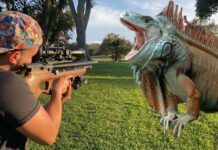



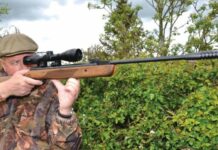





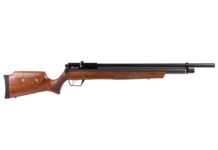






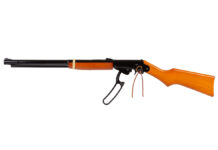

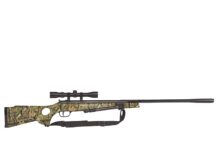

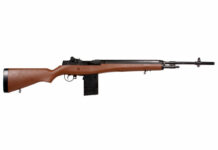




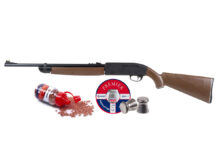





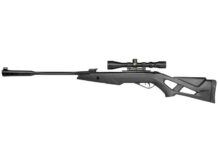





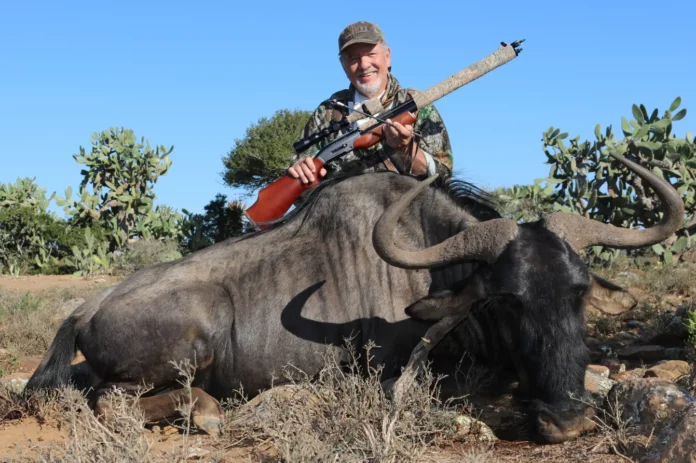
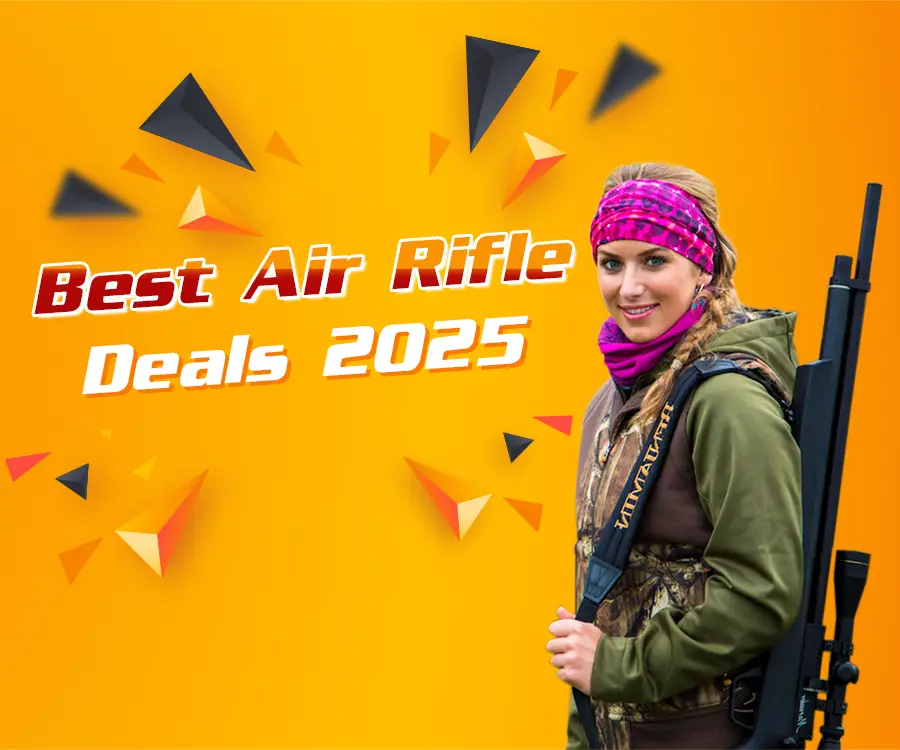

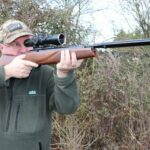


![Air gun 101: The differences between .177 & .22 – Which jobs they do best ? [Infographic]](https://airgunmaniac.com/wp-content/uploads/2024/11/1773-150x150.jpeg)